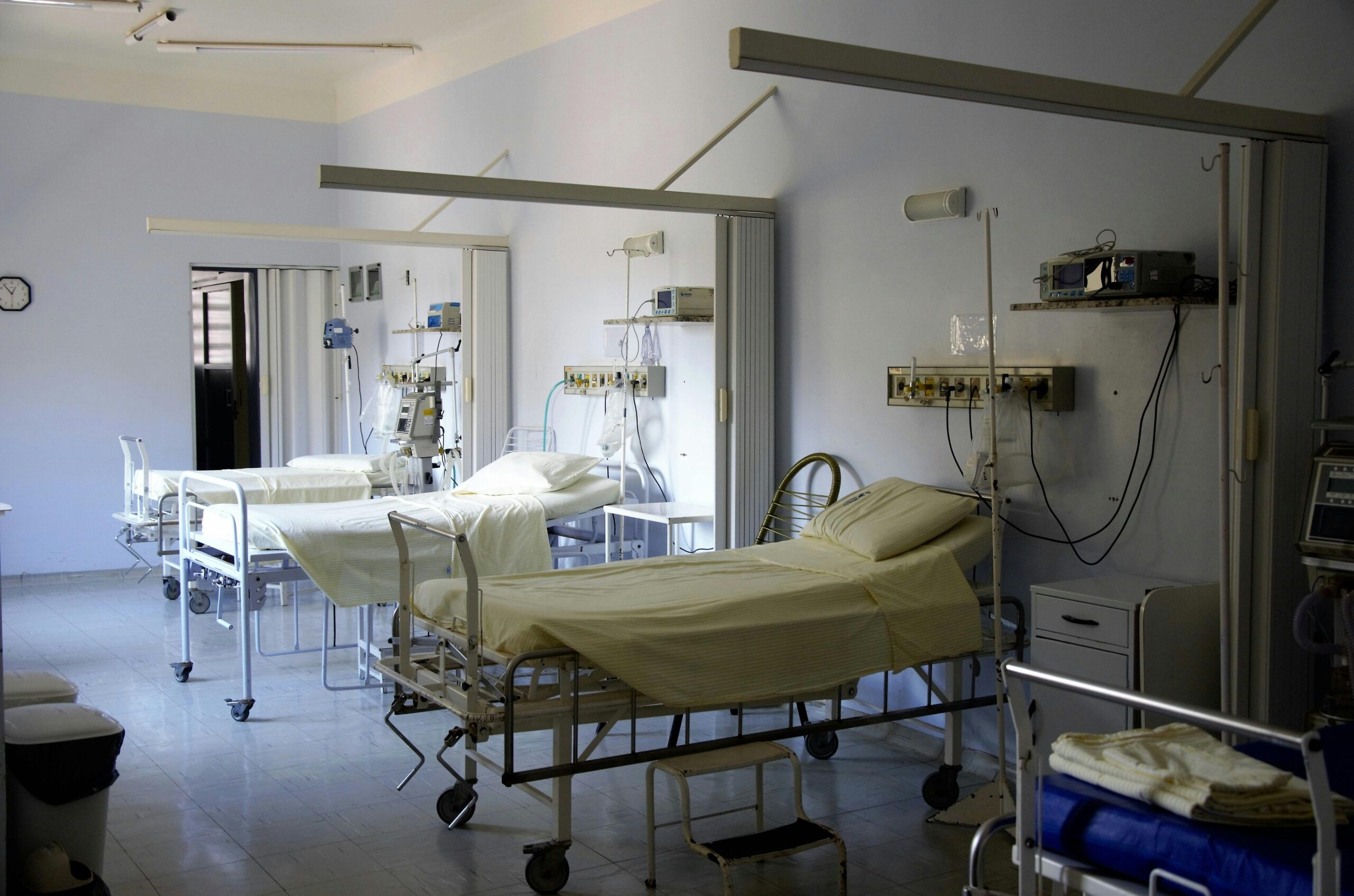Yorkshire vs England: where are the biggest gaps in health outcomes by deprivation?
The latest Health Inequalities Dashboard, released by the Office for Health Improvement and Disparities (OHID) in September 2025, offers a clear reminder that where you live still shapes how long you live, and how healthy those years will be. While national figures reveal a widening divide between the richest and poorest parts of England, the picture in Yorkshire remains especially concerning.
Across England, the difference in healthy life expectancy between the most and least deprived areas now approaches twenty years. Men in the wealthiest communities can expect to live around seventy years in good health, compared with just over fifty for those in the most deprived neighbourhoods. For women, the gap is similar. A stark reflection of how social inequality translates into years of lost wellbeing.
In Yorkshire, those disparities are just as clear. Data shows that men in the county’s most deprived areas live roughly a decade less than those in its most affluent, while women face an eight to nine year gap. A woman living in central Hull or parts of Doncaster, for instance, may spend longer in poor health than someone in Harrogate or the Dales.
The dashboard also highlights sharp contrasts in physical activity, a key measure of long-term health. Nationally, around half of adults in deprived areas achieve the recommended levels of exercise, compared with three quarters in more affluent places. That trend is mirrored across Yorkshire: obesity and inactivity remain most common in areas such as Barnsley, Rotherham and Hull, while more prosperous districts see consistently better outcomes.
Mental health indicators tell a similar story. Suicide rates in the most deprived parts of England are almost twice those in the least deprived, and Yorkshire reflects that pattern closely. Local health teams in Wakefield, Scarborough and parts of Leeds continue to report higher levels of self-harm and suicide linked to financial stress, social isolation and limited access to mental health services. The aftermath of the pandemic has amplified those pressures, leaving many communities struggling to recover both economically and emotionally.
Behind the statistics lie familiar causes: lower household incomes, poor-quality housing, air pollution, and restricted access to green space. In Yorkshire, these issues are felt most strongly in post-industrial towns and along the coast, where deprivation is concentrated and opportunities remain limited.
Local NHS leaders recognise the scale of the challenge. West Yorkshire Health and Care Partnership notes that over a fifth of its population lives in the most deprived 10 per cent of neighbourhoods in England. The biggest contributors to the region’s life expectancy gap include cardiovascular disease, respiratory illness and lung cancer. All of these conditions are largely preventable, yet they continue to dominate.
The September update to the OHID dashboard reinforces an uncomfortable truth: progress on closing these gaps has been slow. Average life expectancy in England has stagnated, while inequalities in areas such as childhood obesity and physical inactivity have widened. For Yorkshire, where public health budgets are already stretched, the findings underline the need for sustained investment in prevention and community-based care.
The NHS’s Core20PLUS5 framework, aimed at reducing healthcare inequality, has been adopted across the region’s Integrated Care Systems. But local experts say real progress will depend on more than policy. It will require long-term commitment, place-based planning and meaningful collaboration with the communities most affected.
The data paints a picture of two Yorkshires: one where residents enjoy long, healthy lives well into old age, and another where chronic illness begins early and life ends too soon. The figures may be national, but their impact is local. They are felt in GP surgeries in Rotherham, in community centres in Hull, and in the everyday choices made by families across Leeds and Bradford.

